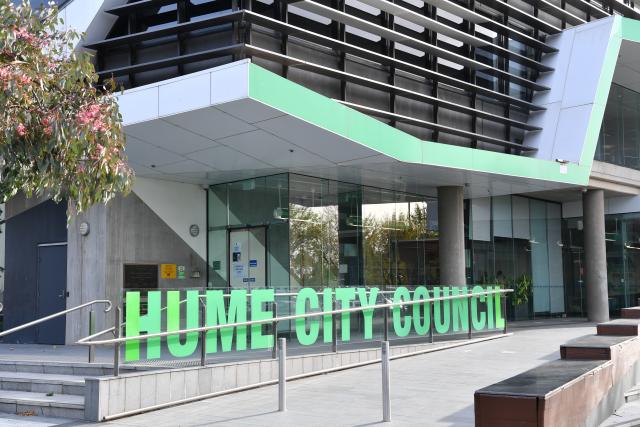Local emergency services and VicRoads are urging drivers to beware of black ice.
July and August are typically when black ice is most prevalent on roads, warned Gisborne CFA community safety co-ordinator Tom Ruff.
“We’re coming up to what is normally the worst period,” Mr Ruff said.
Black ice, a transparent coating of ice on a road surface, is particularly common in the Macedon Ranges.
Mr Ruff said he hadn’t attended a black ice incident this year, but had “been to heaps” in his time with the CFA.
He warned drivers to look for black ice on the roads throughout winter – not just after rainfall.
“Black ice is formed by frozen moisture, so it can appear even if it’s just been a bit damp and there’s been dew,” Mr Ruff said.
If caught in black ice, he advised drivers to “drive slowly, don’t try and break or accelerate suddenly.”
Mr Ruff said drivers should drive with caution, check VicRoads for warnings and alert VicRoads if black ice is spotted.
Last Wednesday morning VicRoads alerted drivers via social media that black ice had been detected on the Calder Freeway in Woodend.
“Headlights on, slow down and brake gently,” advised a post on Twitter.
Various local emergency services also took to social media last week to warn drivers to drive with caution.
To report black ice call VicRoads on 13 11 70.






